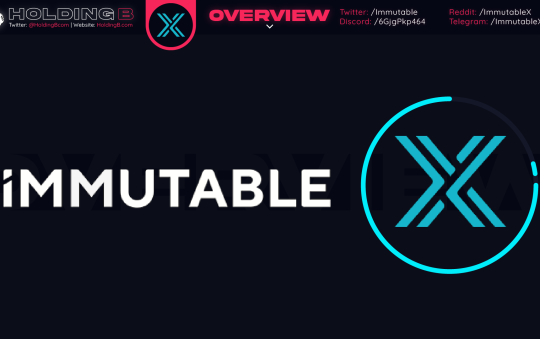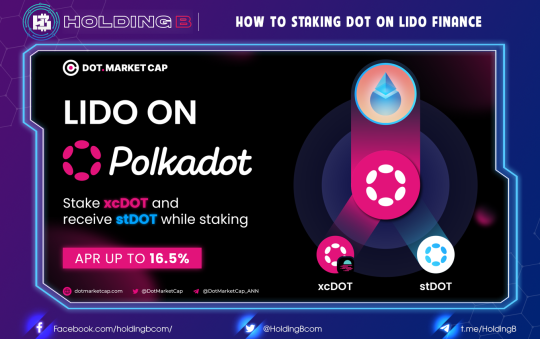Inspiration for the birth of Fei Protocol
The cryptocurrency market has a huge problem with volatility. So, the stability of Stablecoins helps to solve this problem and also bridges the gap between the crypto market and the traditional financial market. Over the past few years, we have continuously witnessed large companies and corporations in the world issue different stablecoins.
Currently, there are many stablecoins, each with different advantages and disadvantages. For example, for USDT, although it is the largest stablecoin by market capitalization and circulating supply, it is controlled by centralized authority, stablecoins collateralized with tokens like DAI have problems with Ability of extension.
And stablecoins like ESD are centralized in the rewards provided by the platform. These factors create an unequal distribution of stablecoin growth.
That’s why Fei Protocol was born to solve the problems of stablecoins at the moment.
What is Fei Protocol (TRIBE)?
Fei Protocol is a decentralized, fair (decentralized), liquid and scalable stablecoin platform that allows users to access Defi platforms freely and securely. Fei Protocol operates on two mechanisms: direct incentives and protocol controlled value (PCV).
Fei Protocol issues 2 tokens, FEI and TRIBE
- FEI is stablecoin. FEI will be pegged at the value of 1$.
- TRIBE is the governance token of Fei Protocol
What is FEI?
FEI is an ERC20 stablecoin derived from the Fei protocol. The purpose of the Fei protocol is to create a liquid market where FEI/ETH can be closely traded against the ETH/USD pair. FEI’s token supply is essentially unlimited.
What is the TRIBE token?
The TRIBE token is the governance token of the Fei protocol. The protocol aims to maintain a liquid market in which its stablecoin, FEI, can trade close to the ETH/USD price.
As a governance token, TRIBE can influence decisions regarding the Fei protocol, which will be launched in early 2021. The purpose of using the governance token is to actively participate Join the blockchain community in core decision-making processes.
What is the difference between FEI and other stablecoins?
For other stablecoins like DAI, USDC, UST, MIM,… is to go into as many transactions and investments as possible, run Incentives programs to expand usage demand,…These stablecoins focus on user needs
FEI stablecoin focuses on services for DAO (DAO-oriented). DAO (Decentralized Autonomous Organization) is a decentralized autonomous organization. Unlike traditional organizations (like Facebook, Google,…), by applying code-coded rules, they can operate independently without human intervention. . Not only users need stablecoins, DAO also need stablecoins.
Currently, FEI stablecoin is targeting two markets, AMM and Lending, the markets with the top high TVL, up to several tens of billions of dollars.
Fei Protocol operating model
- Mint and redeem mechanism
The process to mint & redeem FEI stablecoin goes like this:
Mint: You send ETH to Fei Protocol and receive the corresponding amount of FEI stablecoin in value.
Redeem: You send FEI to Fei Protocol and receive the corresponding ETH amount.
The mint or redeem price at the time of the transaction is determined by the Oracle provided by Chainlink.
Note: Fei Protocol does not fully own that ETH, they still owe us, because we can pay (redeem) FEI and receive ETH at any time, but in the period before redeeming, Fei Protocol has the full right to use that ETH, they can staking, lending, providing liquidity… to earn more profit, as long as they still ensure enough money in the Treasury so we can redeem it anytime.
One of the strengths of FEI today is a large Treasury source, so Fei Protocol takes the Treasury source as collateral to mint more FEI stablecoins.
It exists quite a lot of risk because if ETH drops sharply, the Treasury may not have enough money for FEI to redeem.
The mission of Fei Protocol company is to use assets (ETH) properly for 2 purposes:
- Maximize profits earned, manage assets effectively.
- Make sure you still have enough money to repay: Because creditors (FEI holders) can claim their money (redeem ETH) at any time, so even if Fei Protocol wants to maximize profits, it must also choose safe strategies. , to ensure enough money to repay the debt and be profitable.
FEI ‘s price stabilization mechanism
The FEI stablecoin is secured by ETH in the treasury, so a part of the ETH will also be secured by Fei Protocol for the FEI peg price.
There are two main mechanisms for keeping the FEI at the $1 peg.
- Redeem: You can Mint and redeem FEI for $1 at any time.
- When the FEI price is > $1: Mint FEI is at $1 and sold on the market.
- When FEI price < $1: Buy FEI in market and redeem with $1 at Fei Protocol.
Protocol Controlled Value
Protocol Controlled Value (PCV) can be understood as the value controlled by the protocol and they have full rights to use it, be it Treasury, revenue, debt,…
Why do we need PCV?
First, you need to understand Real value locked (TVL), it is the total amount of asset value locked in a DeFi smart contract. It represents the amount of assets currently held in a particular protocol. Most DeFi platforms use a User-owned Total Value Locked (TVL) model.
Protocols can incentivize TVL through token distribution rewards. While this can lead to huge amounts of capital, it also creates a capital problem: as liquidity is incentivized, DeFi platforms need to grow and offer large rewards to stay afloat. it. This operating model is not sustainable in the long term as opportunities for higher returns from new protocols arise every day.
Closing thoughts
We can see that the FEI protocol has key advantages over existing stablecoin models. These advantages could allow it to become a core decentralized stablecoin in DeFi
FEI is also helping DAOs solve many difficult problems in the market that few parties can solve, so FEI stablecoin is used more in the future
See ya in the next article !
Don’t forget to follow useful articles about Crypto Market from team Holding B !!!
- Telegram Channel: https://t.me/HoldingBcom
- Telegram Group: https://t.me/HoldingB
- Website: https://holdingb.com/
- Twitter: https://twitter.com/HoldingBcom
- Facebook: https://www.facebook.com/holdingbcom





